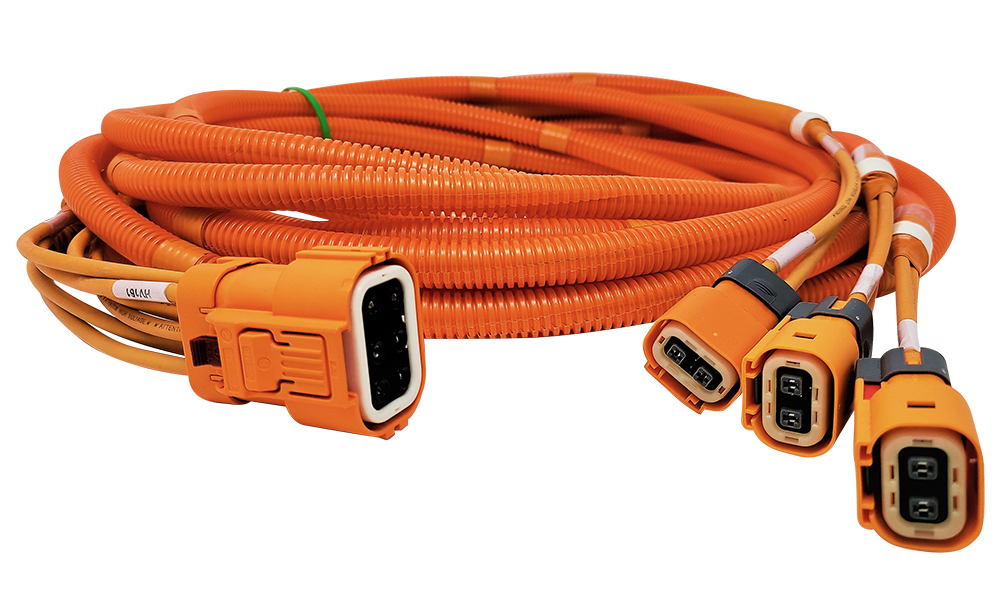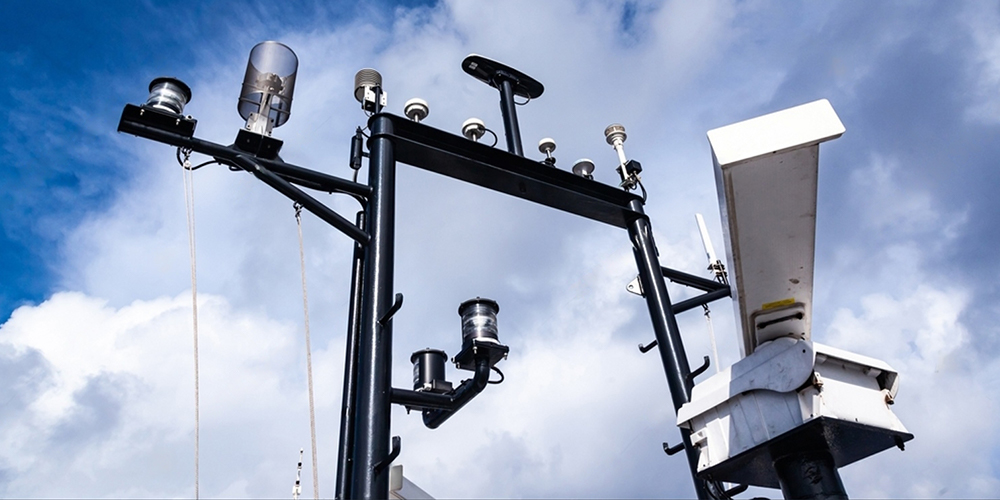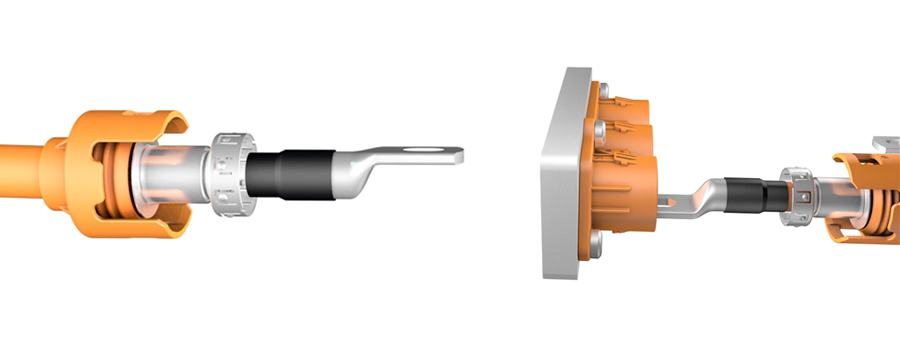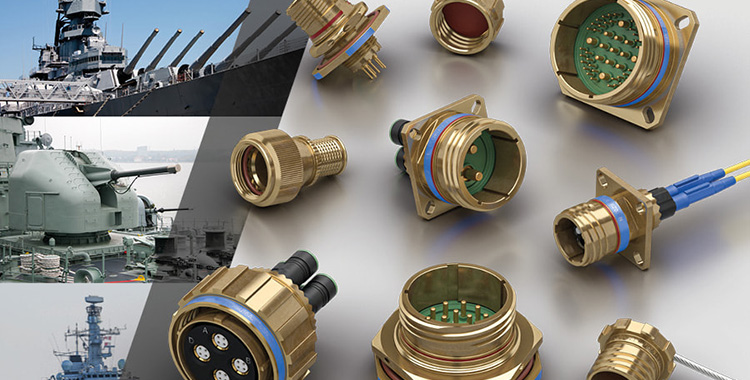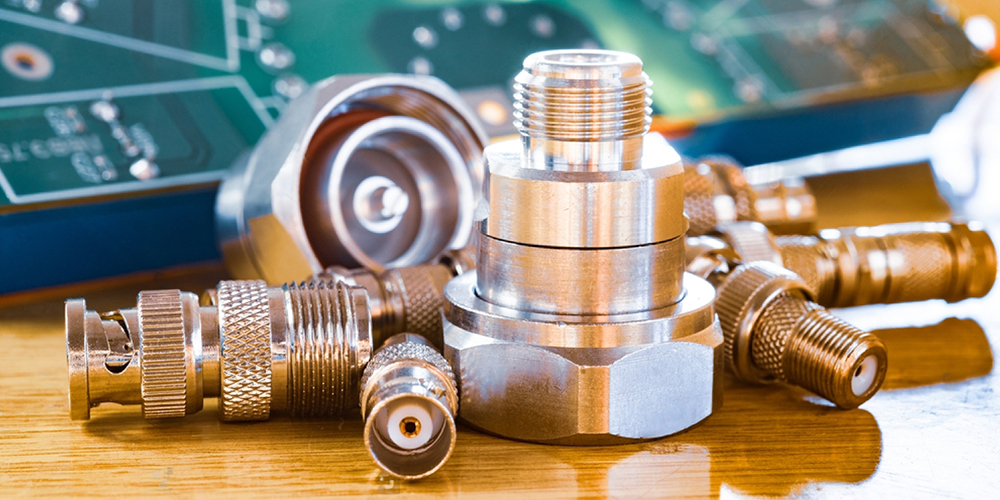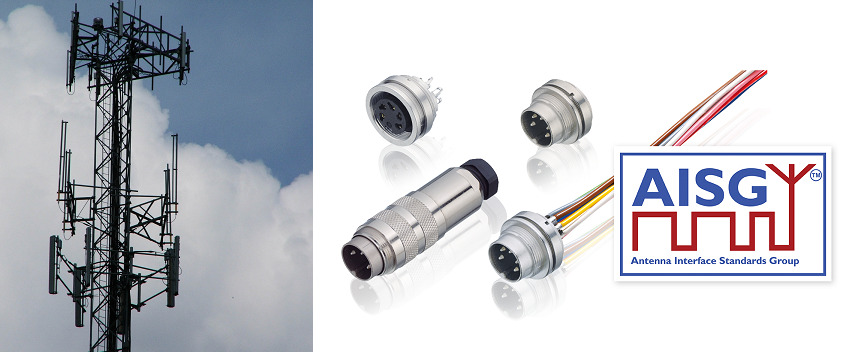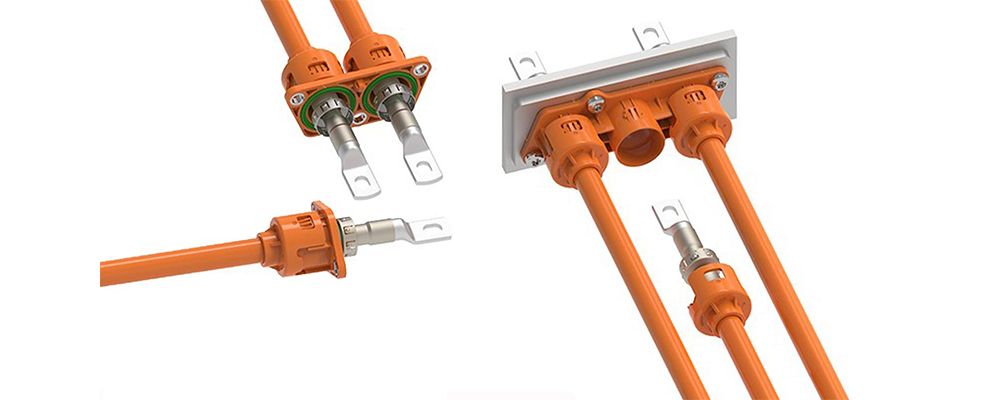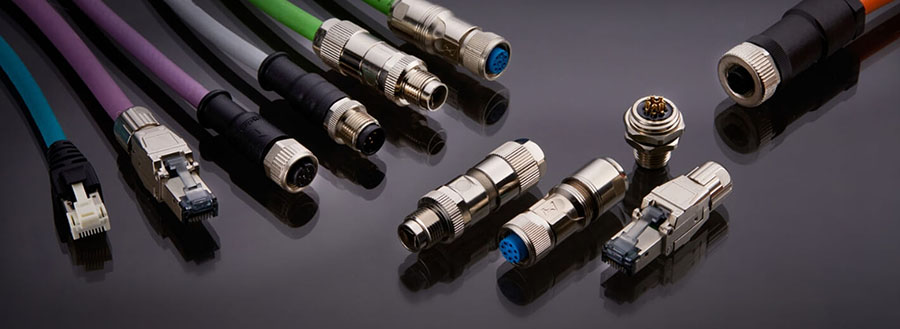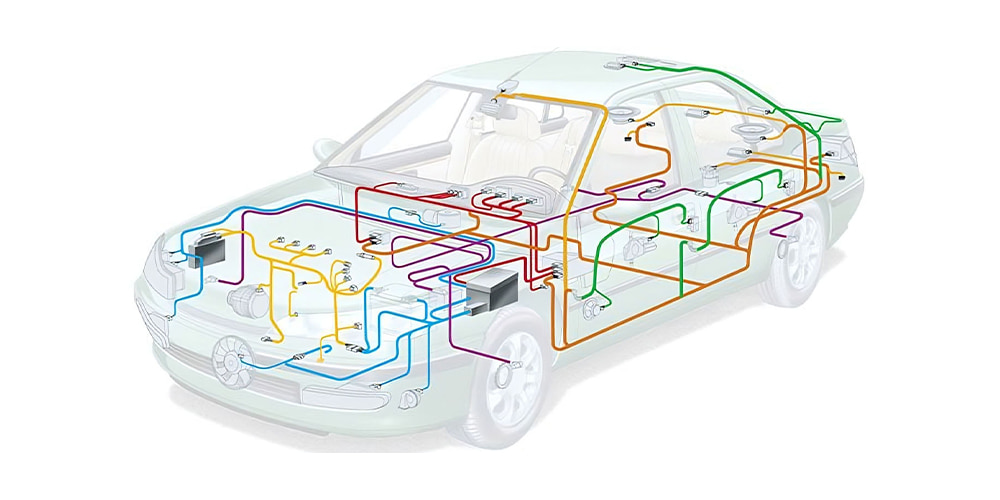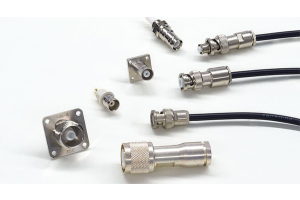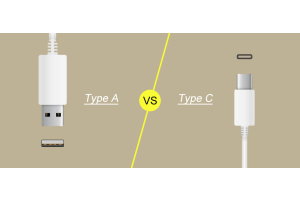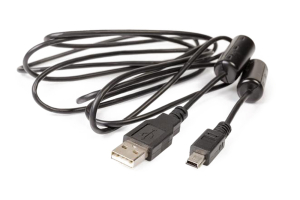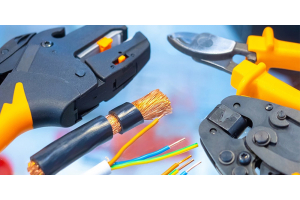Blog
-
Posted: July 10, 2023Categories: High Voltage ConnectorRead more »
Whether it is a high-voltage electrical connectors, or low-voltage electrical connectors, insulation resistance, dielectric strength (also known as electrical strength) and contact resistance are to ensure that the electrical connectors can work properly and reliably the most basic electrical parameters. Usually in the technical conditions of the electrical connector product quality consistency inspection A, B group of conventional delivery inspection projects are listed in the clear technical specifications and test methods. These three tests are also an important basis for users to identify the quality and reliability of electrical connectors.
In addition, with the rapid development of electronic information technology, a new generation of multi-functional automatic testers are gradually replacing the original single-parameter tester. The application
-
Posted: July 08, 2023Categories: GPS AntennaRead more »
A GPS antenna is an antenna that is used to receive signals from the Global Positioning System (GPS). It is usually made of metal materials and has a special design and construction to receive signals from GPS satellites and transmit them to a GPS receiver. a GPS antenna receives signals from multiple satellites and uses the principle of triangulation to calculate the location of the receiver. It is a critical component of the GPS system for positioning, navigation and timing
-
Posted: June 15, 2023Read more »
Last paper mainly expounds the basic composition, various classifications, design elements, fault analysis and corresponding measures of high-voltage connectors.
In this paper we will introduce the main points of the design of high-voltage connector contacts, connector insulation structure design, anti-vibration design, anti-rotation structure design, high-voltage resistance performance design.
1. High-voltage Connectors Contact Parts Design Points
The contact connection technology mainly examines the contact area and contact force, including the contact connection between the terminal and the wire, and the contact connection between the terminal and the terminal.
The reliability
-
Posted: June 09, 2023Categories: Circular ConnectorRead more »
Connectors required for military/defense equipment, particularly those providing interfaces for input and output (I/O) devices, must adhere to strict quality and safety standards, many of which were initially defined by the US Department of Defense. These connectors often involve numerous technical terms, making them occasionally challenging to comprehend. Connectors that comply with these standards are commonly referred to as military standards, MIL-STD, or MIL-SPEC connectors.
Such connectors are designed to operate reliably in harsh environments such as military vehicles, aircraft, naval vessels, and mobile devices. They are specifically engineered for durability and can withstand the impact of vibrations, corrosion, dust, water, and other environmental factors. Connectors meeting these stringent requirements are now also widely used in commercial sectors such as security, renewable energy, industrial applications, and oil and
-
Posted: June 09, 2023Categories: RF AdapterRead more »
RF adapters are a device used to connect and convert RF signals of different types or different frequencies. It usually consists of two connectors and a converter, which can convert one type of connector to another type of connector, or convert a signal of one frequency to another frequency. RF adapters are widely used in wireless communication, television, satellite communication, radar and other fields.
Adaptor Type and Structure
RF adapters are used to transmit RF signals over a wide range of frequencies, up to 50 Ghz or higher, mainly for radar, communications, data transmission and aerospace equipment. The basic structure of an RF adapter consists of a center conductor, a dielectric material (or insulator), and an outer conductor (which plays the same role as the outer shield of a coaxial cable). Coaxial adapters are mainly divided into BNC, TNC, SMA
-
Posted: May 23, 2023Categories: Circular ConnectorRead more »
The M16 connector was the first connection system produced by Binder, and it has been used in the audio industry for over 50 years. Even today, the M16 connector is considered a "matter of course" connection solution, suitable for a wide range of indoor applications. Thanks to continuous development and improvement, the M16 connector is now the ideal choice of specifiers who are looking for an economical, efficient, rugged, and durable screw-locking connector that can accommodate up to 24 contacts (with or without EMI shielding).
The Metabee M16 connector was initially developed to meet the requirements of the German Standardization Association (DIN Standards), which established the standards for circular connectors for analog audio signals. They have been widely used for many years and have gained consumer recognition through
-
Posted: May 16, 2023Categories: RF Connector
-
Posted: May 09, 2023Read more »
High-voltage connectors, also known as high power connectors, are a type of automotive connectors, generally referred to as connectors with operating voltages above 60V and mainly responsible for transmitting high currents.
High-voltage connectors are mainly used in the electric vehicle high-voltage high-current circuit, and the role of the wire at the same time, the energy of the battery pack through different electrical circuits to the entire vehicle system components, such as battery packs, motor controllers, DCDC converters, chargers and other high-voltage components.
-
Posted: April 13, 2023Categories: Circular ConnectorRead more »
M8 and M12 connectors are widely used in industrial automation and machinery. They can transfer power, signals and data and are therefore essential in ensuring the reliability of communication and control systems.
M8 connectors have M8*1 thread, threaded connections, and IP67 protection rating and are typically available in 3, 4, 5, 6 and 8 pin. M8 connector cables are available in PVC (plain) or PUR (oil and abrasion-resistant) materials. M8 connectors are rugged and reliable, with high resistance to vibration, shock and moisture. They are often used in harsh environments where other connectors may fail. M8 connect sensors, actuators and other devices in industrial automation applications.
-
Posted: April 10, 2023Categories: High Voltage ConnectorRead more »
There is no doubt that new energy vehicles are one of the popular development directions in the passenger car field at present. New energy vehicles are significantly different from traditional fuel vehicles. In particular, pure electric vehicles will not be able to perceive their working condition and judge the safety status of the vehicle through obvious shaking, smell, heat and other ways like fuel vehicles. Therefore, other approaches are needed to ensure the safety and reliability of the vehicle during operation. High-voltage insulation detection and high-voltage interlock loop are essential technical solutions.
At the same time, in order to ensure that the high-voltage

